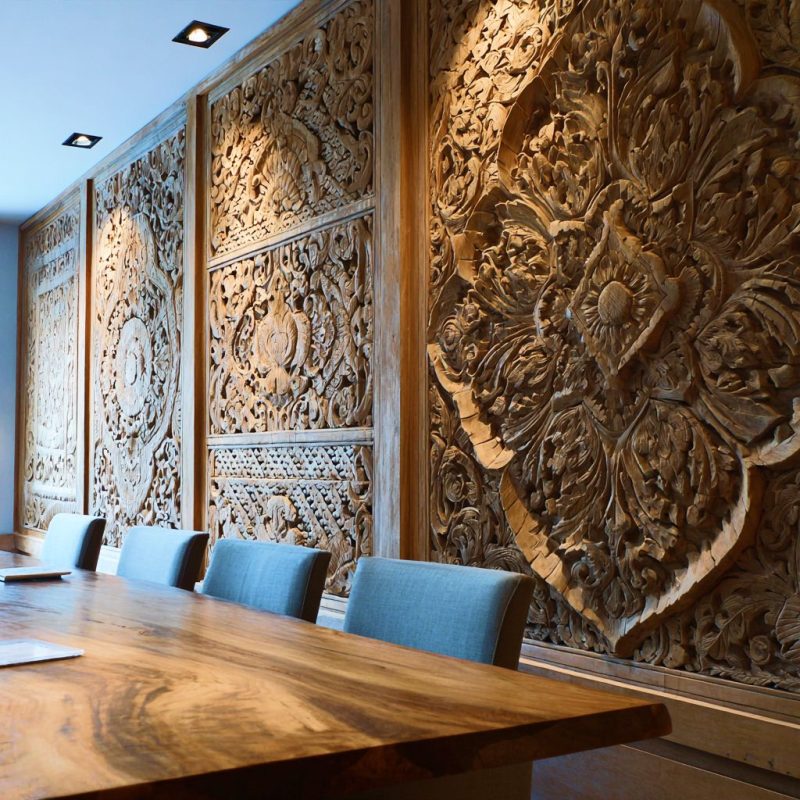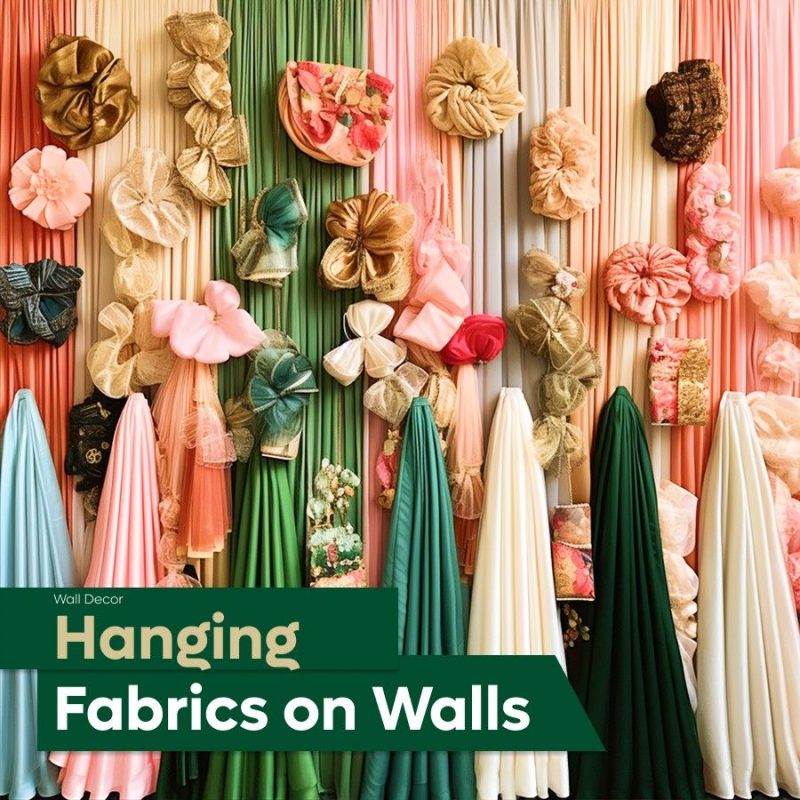There is always a feeling which propagates while walking from one room to another and everything simply flows naturally. That’s actually the magic of well-designed door transitions within our interior spaces. At first, it looks like just moving between rooms, then later you realize how that transition feels. For instance; when entering a cozy living room from a sleek kitchen. It can also be related to the way a door opens stepping into a calm bedroom from a busy hallway. In this case, using interior sliding doors manifests practicality. Simply because they open effortlessly without swinging into your path which subtly enhances the entire experience. Such sleek, space-saving design eliminates the need for swinging clearance, thus ideal for compact layouts seeking a clean and modern aesthetic. Since they come in variations, today we shall know which sliding door type make the entire interior spaces feel more open yet still connected.
What are sliding doors?
Doors designed to slide while opening operate by gliding horizontally along a track, rather than swinging open like traditional hinged doors. During the interior fit out phase, we mount them on either the top or bottom (or both) of an opening, and then slide to one side to allow access.
Practical Interior Sliding Door Types
In modern interior design, sliding doors essence relies on space-saving layouts, open-plan living together with contemporary aesthetic schemes. Currently in 2025, sliding doors have evolved to an extent of classifying them as Bypass, Pocket, Stacker and Patio sliding doors. Each of these brings unique design value, installation needs as well as functional advantages. So, below are these four interior sliding door types compared in practical use, aesthetics, space-saving, cost and application.
Bypass Sliding Doors
Bypass doors consist of two or more door panels sliding past each other on parallel tracks. Unlike traditional doors which swing while opening, bypass doors move sideways within their confined frame.
Best Application:
- Wardrobes and closets
- Utility rooms
- Small wall openings where space is limited
Advantages:
- Great for tight spaces where door clearance is unavailable.
- Simple to install and maintain.
- Panels can be mirrored or finished to complement décor.
Limitations:
- Only one side opens at a time.
- Tracks may accumulate dust and require regular cleaning.
Example Use Case:
You must have seen this within a bedroom wardrobe. Bypass sliding doors leveraged with a mirror fixed on the doors conserve space while doubling as a dressing mirror.

Pocket Sliding Doors
Pocket doors slide into a hidden cavity created inside the wall which magically disappear when opened. While they only leave the door handle, they allow full wall and floor space usage without any visual obstruction.

Best Application:
- Bathrooms
- Ensuite bedrooms
- Pantry or laundry rooms
- Offices and boardrooms (for clean minimalism)
Advantages:
- Complete space efficiency, since there is neither floor nor swing clearance needed.
- They’re simply the best for minimalist or clean-line interiors currently demanded in modern interior design.
- They allow for seamless transition between rooms as they create pathways as if no door exists in the entry.
Limitations:
- Requires wall modification since the sliding mechanism is hidden inside the wall. If the track or rollers fail, fixing them means opening the entire wall thus making it hard to access for repairs or adjustments.
- They need a clear wall cavity with no plumbing, wiring, or even studs in the path. Therefore, becoming more costly and complex during retrofit installations into existing spaces.
- Expect less sound insulation compared to traditional hinged doors. Pocket doors don’t seal tightly around the frame, which means less privacy and more sound leakage most especially in bathrooms, offices and bedrooms.
Example Use Case:
- In residential fit out, we commonly use pocket sliding doors to separate the kitchen from the dining area. This comes as residential clients always have the desire to balance between open plan feel and privacy. So, they become prevalent when containing cooking noise and smell, thus becoming perfect for small apartments or minimalist interiors.
- In an office fit out, we use pocket sliding door when crafting seclude private meeting rooms or executive cabin. Reason being, it saves space compared to a swinging door yet still giving the room a clean, professional look while keeping the walkway clear.
Stacker Sliding Doors
Stacker doors have multiple sliding panels already stacked either behind each other or to one side. They standout with a capability to open up much wider than standard sliders, that’s why are mostly found in both interior and exterior applications.
Best Application:
- Large kitchen to dining room transitions.
- Between hotel lounges connected to event spaces.
- Renovated retail storefronts maximizing visibility and customer flow during peak hours.
- Wide interior transitions like living room to dining area.
- Office conference rooms designed to open up or enclose meeting areas.
- Indoor-outdoor connections especially in homes merging balcony or courtyard space.
Advantages:
- Allows for larger clear openings than previously mentioned bypass or pocket sliding doors.
- Creates a feeling of open flow and airiness.
- Can either be stack inside or outside walls depending on the system.
Limitations:
- Needs more wall space opening to accommodate the stack. This may actually not be possible in smaller rooms or load-bearing walls
- Bulkier track system than bypass sliding doors.
- Expect less thermal and sound insulation than solid wall partitions or high-performance hinged wooden doors.
- Higher cost and complex tracker installation which also require precise alignment as well as maintenance involvement.
Example Use Case:
- In a bespoke modern villa designs, stacker sliding doors are installed between the living room and the outdoor garden terrace. During gatherings or family events, panels slide and stack to one side to create a wide, open connection between the indoor lounge and outdoor seating. once closed, then a sleek glass wall still lets in light and garden views without both sacrificing security or insulation.
- In a Dubai co-working space, stacker sliding doors are used to divide a large open-plan area into smaller meeting zones. When more space is needed for workshops or events, the doors are stacked aside to open up the floor. Such flexible configuration invites both collaboration and privacy whenever needed as reconfiguring the layout becomes quickly without permanent partitions.
Patio-Style Interior Sliding Doors
These are usually large-panel sliding glass doors meant to lead you to a backyard or balcony, but instead repurposed for large transitions between interior rooms. In this case, they’re paired with fixed glass panels or floor-to-ceiling partitions placed between a living room and a home office. Otherwise, you’ll find them in between a hotel lounge and a dining space.
Best Application:
- Between living room and home office to just visually separate work from leisure areas while keeping the space lightly connected.
- Within bedroom and walk-in closet or dressing room requiring to balance elegance and privacy without using traditional swing doors.
- Inside studio apartments with interior partitions
- Luxurious master suite separating lounge space from sleeping quarters while maintaining a spacious feel.
Advantages:
- Provides a large visual field which is great for showcasing interior landscaping or architectural views.
- Smooth gliding action with strong insulation (if thermally broken).
- Works beautifully in glass-heavy modern interiors.
Limitations:
- Also comes with limited sound insulation as glass models usually don’t seal tightly around the frame. This means are less effective for soundproofing where privacy or quietness is critical.
- More expensive and heavier than standard interior doors. It is actually due to their size, hardware and glass finishes, thus costing more to purchase and install than regular hinged.
- Overdesigned for some indoor settings unless matched with the overall theme.
- Limited flexibility in design unless custom-made.
- Comes with maintenance of tracks and rollers just like other sliding doors. They entirely rely on smooth surfaces which also collect dust, wear over time and eventually requiring regular cleaning and occasional adjustments.
It’s Not Just About the Door, It’s About the Flow
As you have seen, each interior sliding door contributes differently to how spaces connect, transition and functions. So, the right choice will always depend on your interior layout, some architectural styles and even occupants’ daily usage requirements. In this case, it can be due to saving space, aesthetic flow or privacy together with openness control. This is where experienced interior designers bring in the concept of flow. Just like here at DesignMaster, we don’t recommend a door type simply because it functions, NO! We deeply consider how an interior door helps you move through your space effortlessly, without interrupting the natural rhythm of your environment.
You have seen patio-style or pocket sliding doors how they are excellent at promoting a seamless flow between areas. They make spaces remain visually connected, even when closed, which helps light, air and even sightlines pass through uninterrupted.
The Concept of Flow in Interior Spaces
Flow is also about how your space feels when you walk through it. When transitioning from a kitchen to a dining area or from a living room to a balcony, the way a sliding door opens and disappears or stacks neatly to one side. That’s what enhances the feeling of continuity in both your residential and commercial spaces.
Talk to DesignMaster, a modern fit out company in Dubai about which sliding door you would like to integrate within your interior space. We are ready to help you create a more intuitive and elegant way to live and work.
















